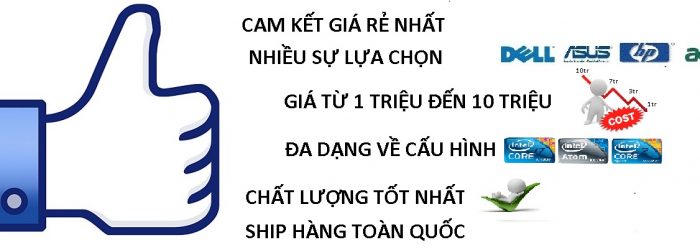User Permissions and Two Factor Authentication
- Giá sản phẩm Liên Hệ
- Hãng sản xuất chính hãng
- Chất lượng tốt
A robust security system is based on the user’s permissions and two-factor authentication. They lower the risk of malicious insider attacks or accidental data breaches, and help ensure regulatory compliance.
Two-factor authentication (2FA) requires users to input credentials from two different categories to be able to log into an account. This could include something that the user is aware of (password or PIN code, security question) or something they own (one-time verification code sent to their phone or authenticator app) or something they’re (fingerprint or face scan).
Often, 2FA is a subset of Multi-Factor Authentication (MFA) which includes many more elements than two. MFA is a requirement for certain industries like healthcare banks, ecommerce, and healthcare (due to HIPAA regulations). The COVID-19 pandemic has also brought new urgency to security for businesses that require two-factor authentication for remote workers.
Enterprises are living organisms and their security infrastructures are always changing. Users are changing roles, hardware capabilities are evolving and complex systems are at the fingertips of users. It’s important to regularly reevaluate your two-factor authentication plan at scheduled intervals to ensure that it keeps pace with the changes. One way to do this is to utilize adaptive authentication. It is a kind of contextual authentication that creates policies based on the way, when and where a login request comes in. Duo offers a central administrator dashboard that allows you to easily set and monitor the policies of these kinds.










 Visit Today : 42
Visit Today : 42 Visit Yesterday : 172
Visit Yesterday : 172 This Month : 1683
This Month : 1683 This Year : 1683
This Year : 1683 Total Visit : 515031
Total Visit : 515031 Total Hits : 1498643
Total Hits : 1498643 Who's Online : 0
Who's Online : 0